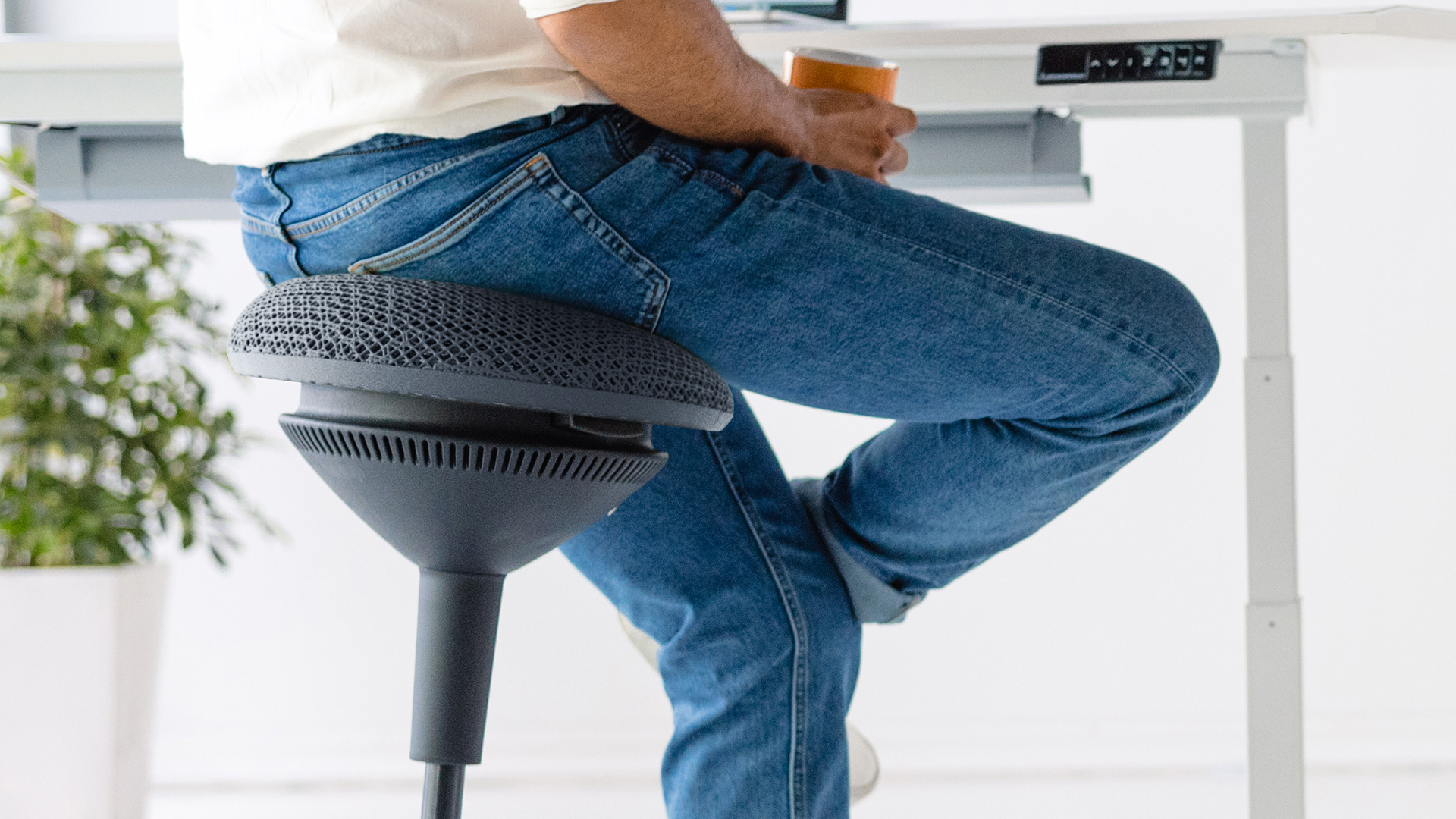
Table of Contents
Sitting for long hours at a desk can take a toll on your body, leading to back pain, poor posture, and overall discomfort. While ergonomic office chairs provide support, they often don’t encourage movement, which is essential for maintaining muscle engagement and circulation. This is where chairs for active sitting come in. Unlike traditional office chairs, an active sitting office chair is designed to promote subtle movements, engaging your core and improving posture without the need for frequent breaks.
What Is an Active Sitting Chair?
An active sitting desk chair is a type of seat designed to encourage small, continuous movements while you work. Unlike static chairs that keep you locked in one position, these chairs allow micro-adjustments that help engage your core, improve circulation, and reduce strain on your lower back.
The concept of active sitting is based on the idea that your body is meant to move, even while seated. When using an active sitting stool or the best active sitting chair, your muscles stay engaged, reducing the risk of stiffness and discomfort. This type of seating is especially beneficial for those who work long hours at a desk but want to maintain better posture and mobility. Instead of remaining static, active sitting encourages subtle movements that keep your core and lower body active throughout the day.
If you're looking for more ways to stay engaged while working, check out how to stay active at your desk for additional tips on incorporating movement into your routine.
Benefits of Using an Active Sitting Chair in the Office
Switching to an active sitting office chair can bring a variety of health and productivity benefits:
- Improved Posture
Traditional chairs often encourage slouching, leading to spinal misalignment. An active sit-stand chair helps maintain an upright posture by engaging your core and promoting natural spinal alignment.
- Increased Core Strength
Since your body is constantly making small movements to stay balanced, an active sitting stool helps strengthen your core muscles over time.
- Reduced Risk of Back Pain
Sitting still for hours can strain your lower back. By promoting movement, an active sitting desk chair prevents stiffness and supports spinal health.
- Enhanced Circulation
Subtle movements prevent blood from pooling in your legs, reducing the risk of circulation issues like varicose veins and deep vein thrombosis.
- Boosted Focus and Energy
Movement stimulates blood flow, keeping your mind more alert and engaged throughout the day.
Types of Active Sitting Chairs
There are several types of chairs for active sitting, each offering unique benefits depending on your work style and comfort preferences:
- Wobble Stools
These stools have a rounded base that encourages continuous movement, making them ideal for improving balance and posture. They work well with both standard desks and sit-stand workstations.
- Balance Ball Chairs
These office chairs integrate an exercise ball, requiring constant micro-adjustments to stay balanced. They are great for strengthening core muscles but may take time to get used to.
- Kneeling Chairs
Featuring a tilted seat and padded knee rests, kneeling chairs shift your weight forward, promoting a more natural spine position and reducing pressure on your lower back.
- Perch Stools
These hybrid active sit-stand chairs allow you to perch in a semi-standing position, making them ideal for people who frequently switch between sitting and standing throughout the day.
Best Active Sitting Chairs for Office Use
1. ErgoStool 3D
The ErgoStool 3D is a fresh take on active sitting, integrating 3D-printed TPU material for a next-level seating experience. Unlike traditional stools that rely solely on foam, this one features a memory lattice structure that acts as a shock absorber, reducing load impact by 78%. This isn’t just about comfort—it means you can perch for extended periods without experiencing the usual strain associated with static sitting.
Where the ErgoStool 3D truly excels is its ability to return energy 5x faster than standard materials, keeping movements fluid and responsive. If you’re constantly shifting between sitting and standing, this makes a noticeable difference. The 30-degree range of motion keeps your lower body engaged, while the adjustable seat height (25”–35”) allows for a personalized fit whether you’re at a standard desk or a standing desk.
Its 20-lb frame is slightly lighter than some competitors, which makes repositioning it easier, but the durability remains strong thanks to its nylon plastic frame. Available in Black and Gray, the design is modern and subtle, fitting well in professional spaces. The only downside? Assembly is required, but given the simple design, it shouldn’t take long.
Best for: Those who want a high-tech active sitting stool with superior energy return and long-lasting comfort for long workdays.
2. ErgoStool
The ErgoStool follows a more conventional design but still packs plenty of ergonomic benefits. Unlike the 3D version, this one uses polyester fabric with a molded foam interior, offering a softer, more familiar seat while still maintaining dynamic movement. The weighted base provides excellent traction, ensuring that your movements are stable and controlled.
One of its standout features is its 10-inch height adjustability, making it usable at both standard and standing desks. If you’ve ever struggled to stand all day but dislike the idea of a full chair, this stool offers the perfect middle ground—allowing you to perch comfortably and switch postures without feeling locked into one position.
It also stands out for its UL 2818 - 2013 Gold Standard Certification, ensuring that it meets safety and low-emission standards. With a 270-lb weight capacity and an item weight of 22 lbs, it’s slightly heavier than the ErgoStool 3D, but this adds to its stability. It also comes in multiple color options, including Navy Blue, All Black, Cool Gray, and Evergreen, making it one of the more stylish choices.
Best for: Those who want a well-rounded, cushioned active sitting stool that complements a standing desk without compromising on comfort.
/https://storage.googleapis.com/s3-autonomous-upgrade-3/static/upload/images/product/galleries/22.59-ErgoStool_B-1584091802842.jpg)
Autonomous ErgoStool
| Dimensions | 13”L x 13”W x 25” - 35”H |
|---|---|
| Seat dimensions | 13”L x 13”W |
| Seat height | 25” - 35” |
| Range of motion | 30° |
| Adjustability | Seat height |
| Materials | Polyester fabric with molded foam interior and durable nylon plastic frame. |
| Certification | UL 2818 - 2013 Gold Standard for Chemical Emissions for Building Materials, Finishes and Furnishings. |
| Colors | Navy Blue, All Black, Cool Gray, Evergreen |
| Weight capacity | 270 lbs |
| Item weight | 22 lbs |
| Shipping dimensions | 53”L x 37.5”W x 33”H x 26 lbs |
3. Uncaged Ergonomics Wobble Stool
If you’re looking for a stool that encourages constant movement, the Uncaged Ergonomics Wobble Stool is an excellent option. The counterbalanced base is a key highlight—it’s weighted to return to an upright position, allowing you to shift your posture and balance without feeling unstable. This is a huge advantage over other wobble stools, as it prevents the common problem of tipping over.
With an adjustable height range of 23”–33”, it offers flexibility for different desk setups. The seat itself is round with a dimpled shape, providing decent comfort while preventing slippage. Made from 3” thick custom-molded high-density foam with a fabric cover, it strikes a balance between firmness and cushioning.
One of its biggest selling points is its simple, tool-free 4-step assembly, making setup a breeze compared to other stools that require more complicated installation.
The downside? At 19.8 lbs, it’s slightly heavier than some similar models, which makes moving it around a bit more challenging.
Best for: Those who want a wobble stool with enhanced stability, thanks to its counterbalanced base and firm yet supportive seat.
4. Uncaged Ergonomics Wobble Stool Air
The Wobble Stool Air is a sleeker alternative to the standard Wobble Stool, featuring a rolling base that allows for easy movement and storage. Unlike traditional wobble stools, which are designed to stay in place, this one glides smoothly when you need to reposition it.
It has a 360-degree swivel, which makes it more flexible than many standard perching stools. The adjustable height range (19”–25.5”) is lower than some other models, meaning it’s best suited for people who work at standard desk heights rather than standing desks.
At 12 lbs, it’s one of the lightest active sitting stools available, making it incredibly easy to move around. The seat diameter is 15 inches, providing a larger surface area than the standard Wobble Stool. However, if you’re looking for a stool that supports higher desk setups, this one might feel a little short.
Best for: Those who want a rolling balance stool for easier movement, with a wider seat and lower height adjustability.
5. Mount-It! Height Adjustable Stool with Wheels
The Mount-It! MI-930 stool is a completely different take on active sitting, featuring wheels for easy gliding across different surfaces. If you need a stool that can transition between multiple workstations—or even double as a drum seat, spa stool, or tattoo chair—this is a great option.
The seat height (18.1”–23.6”) is relatively low, meaning it’s not designed for standing desks. However, the 360-degree pneumatic adjustment lever makes it easy to adjust on the fly. The 2-inch thick cushion provides moderate comfort, though it’s not as ergonomically focused as other stools on this list.
The steel, leather, and plastic construction makes it more durable, but also gives it a more traditional office aesthetic rather than an active sitting look. Unlike other stools that focus on balance and micro-movements, this one is more about comfort and mobility.
Best for: Those who want a rolling, height-adjustable stool for home offices, salons, or multipurpose workspaces.
How to Choose the Right Active Sitting Chair for Your Office
For the most advanced comfort: The ErgoStool 3D wins with its 3D-printed cushioning and shock absorption, making it ideal for longer sitting sessions.
For a well-rounded ergonomic option: The ErgoStool offers dynamic seating with soft cushioning, making it a great fit for standard and standing desks alike.
For maximum movement: The Uncaged Ergonomics Wobble Stool encourages constant motion, perfect for those who want to engage their core while seated.
For easy mobility and storage: The Wobble Stool Air provides rolling movement and a wide seat, great for flexible workspaces.
For a versatile, multi-use seat: The Mount-It! Adjustable Stool is wheeled, cushioned, and ideal for dynamic workspaces beyond just the office.
Each of these chairs for active sitting offers unique benefits depending on your needs, making it easier to stay engaged, energized, and pain-free while working.
Tips for Transitioning to an Active Sitting Chair
Switching from a traditional office chair to an active sitting desk chair takes some adjustment. Since these chairs promote movement and core engagement, it’s important to ease into using them to avoid strain and maximize their benefits. Here are some practical tips to help you make a smooth transition:
- Start Slow
Your body needs time to adapt to the new seating position. Begin by using your ergonomic stool for a standing desk for short periods, gradually increasing your sitting time as your core and back muscles adjust.
- Mix Sitting and Standing
If you use a standing desk, alternate between sitting on an active sitting stool and standing. This balance prevents fatigue while keeping your body engaged. If you're new to standing desks, check out how to use a standing desk properly to optimize your posture and workflow.
- Practice Good Posture
Even with an active sitting office chair, maintaining proper posture is essential. Keep your feet flat on the floor or on a footrest, and avoid slouching or leaning too far forward. If lower back pain is a concern, consider pairing your setup with an ergonomic chair for back pain for breaks when needed.
- Incorporate Desk Exercises
To get the most out of your best active sitting chair, combine it with stretches and movement. Leg lifts, seated marches, and ankle rotations can help prevent stiffness and improve circulation. If you’re looking for additional ergonomic seating options, a reclining ergonomic chair or an ergonomic chair with a leg rest can offer occasional rest periods.
- Choose the Right Chair for Your Needs
Not all active sitting chairs are the same. If you're petite, consider an office chair for petite women for better support. If you prefer more movement, an office chair you can sit cross-legged in might suit your needs.
Gradually incorporating an active sitting stool into your routine, you'll improve core strength, posture, and overall comfort while working. Transitioning thoughtfully ensures that your body adjusts without unnecessary strain, making the switch both beneficial and sustainable in the long run.
Conclusion
An active sitting office chair is a great investment for anyone looking to improve posture, engage their core, and stay comfortable throughout the workday. Whether you choose a wobble stool, balance ball chair, kneeling chair, or perch stool, incorporating movement into your sitting routine can help prevent back pain and boost productivity. By selecting the right chairs for active sitting and making gradual adjustments, you can create a healthier, more dynamic workspace that supports your well-being.
Stay connected with us!
Subscribe to our weekly updates to stay in the loop about our latest innovations and community news!
Interested in a Link Placement?
.svg)
.svg)



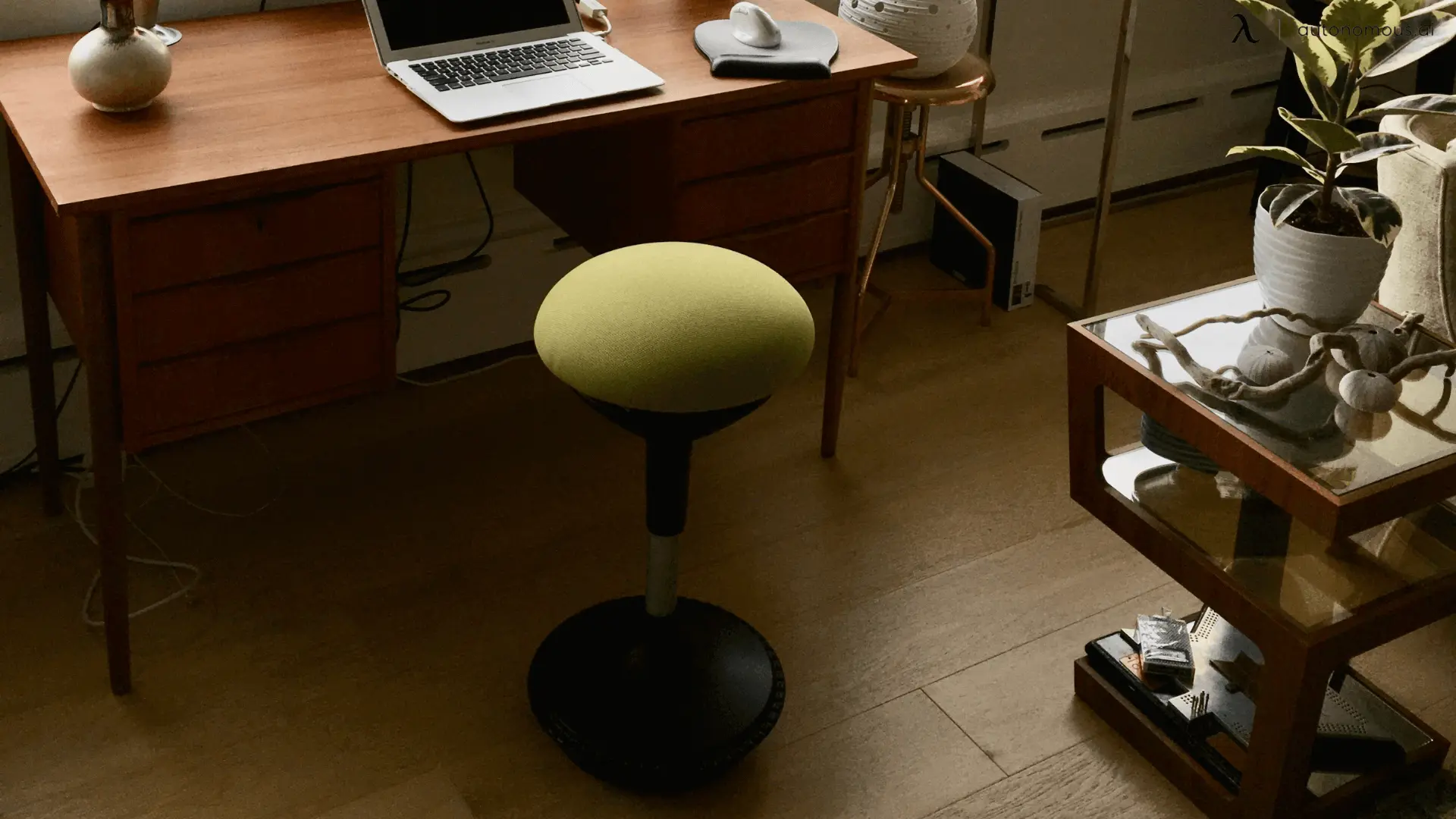
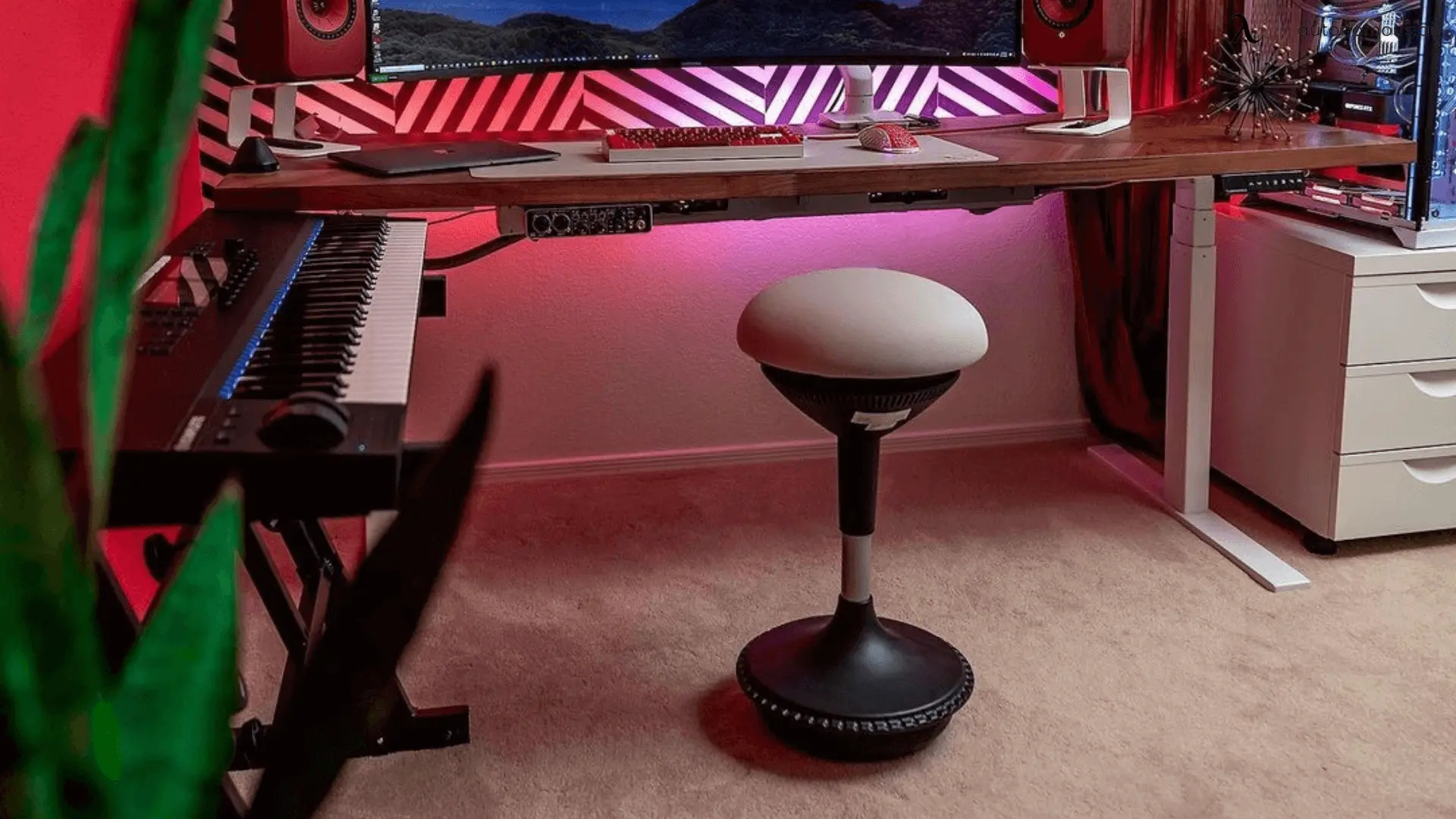
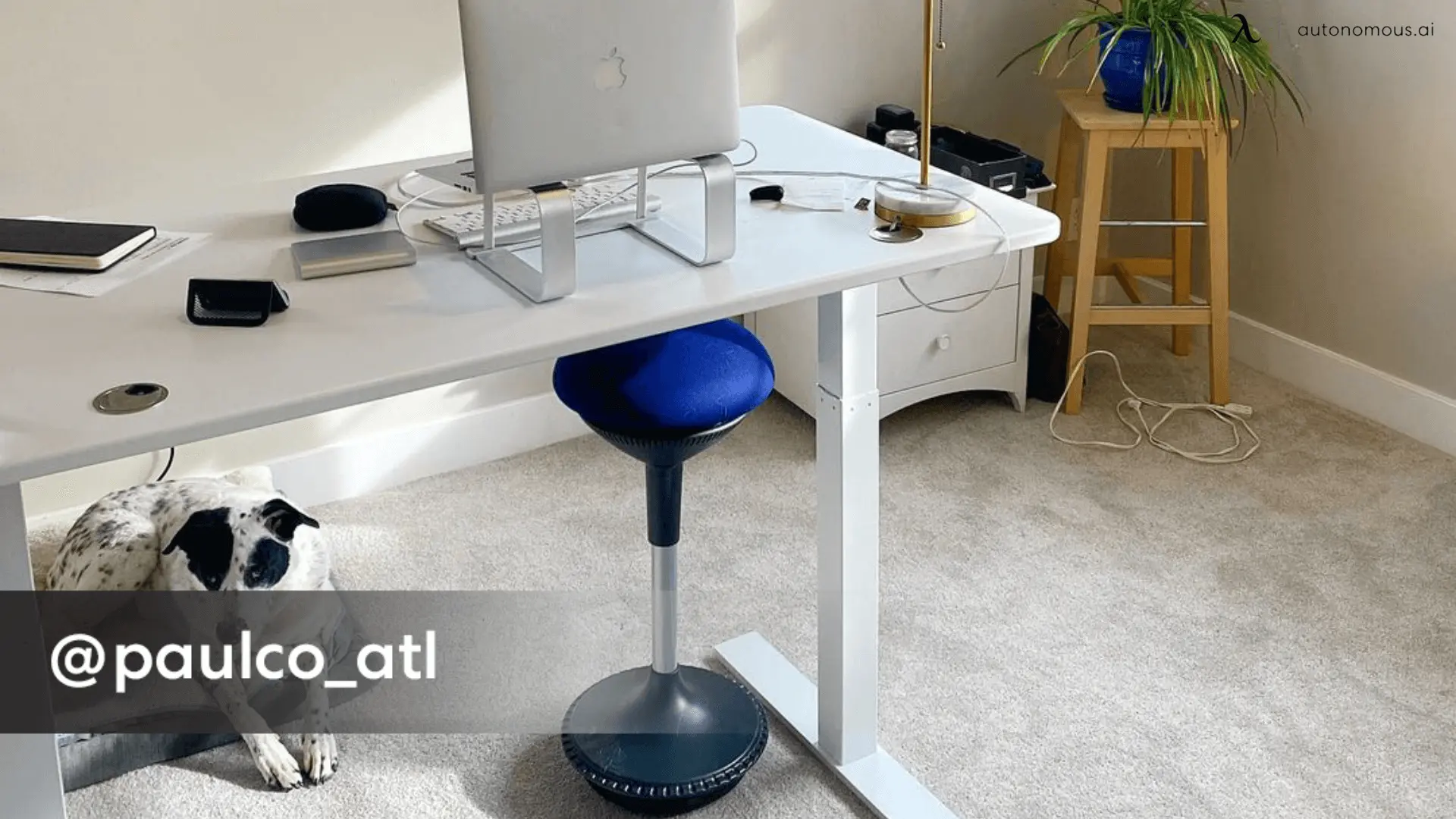
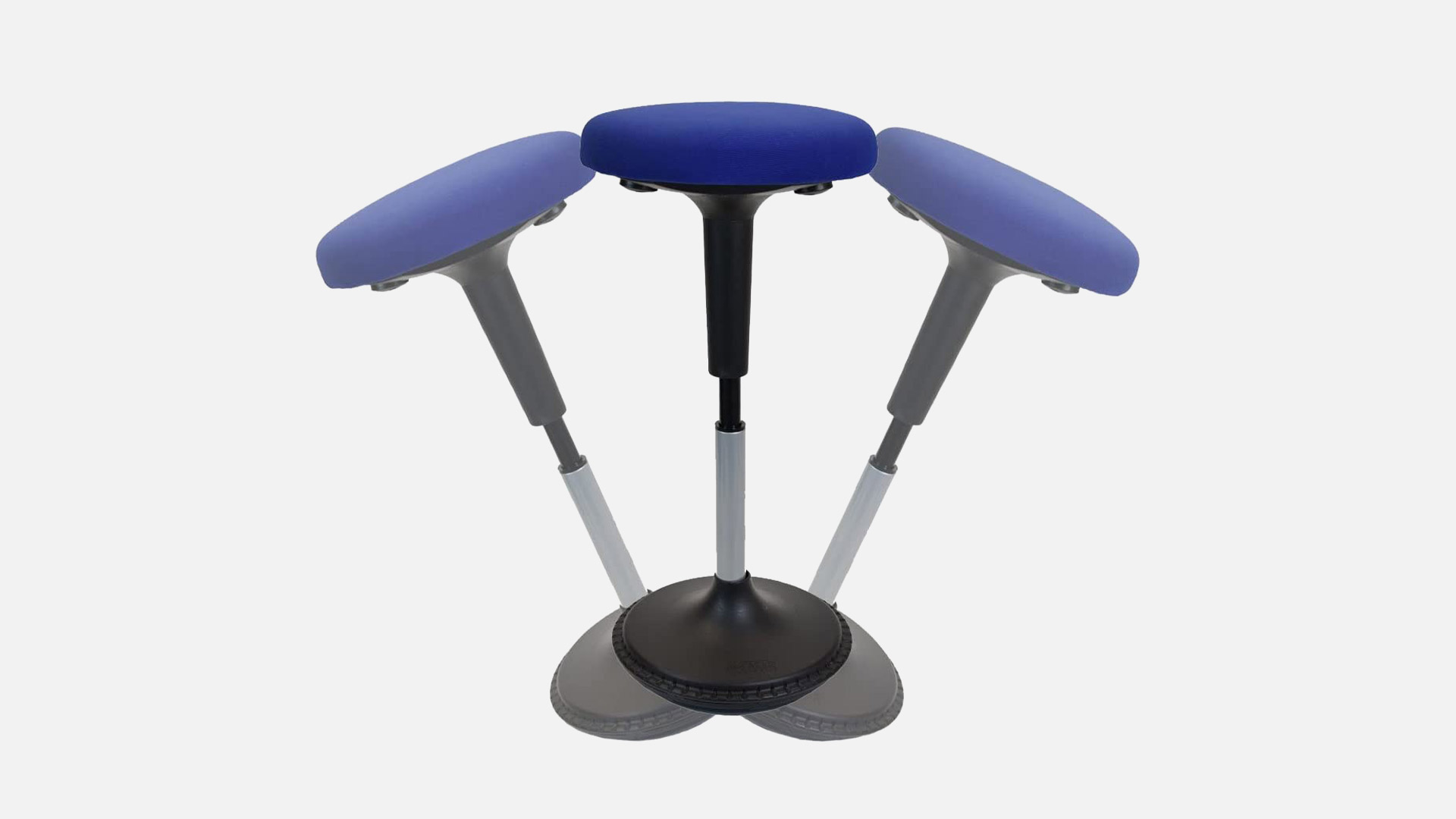
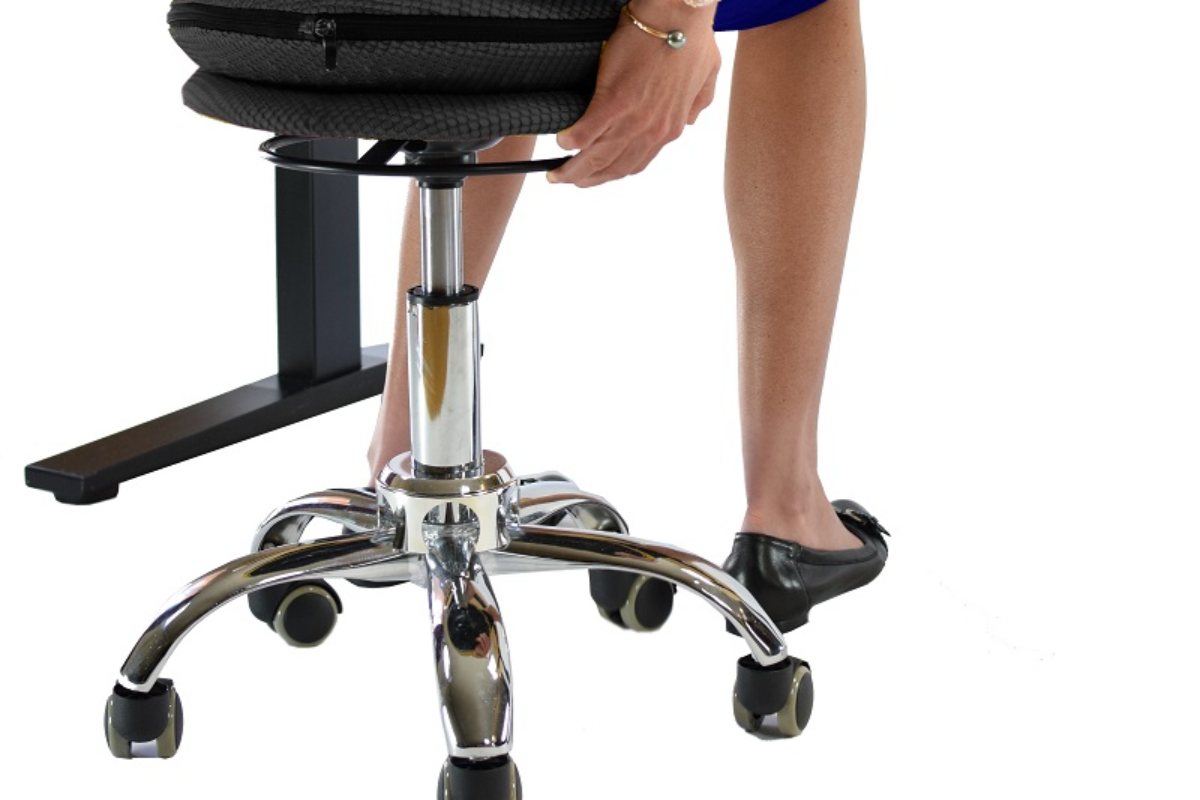
/https://storage.googleapis.com/s3-autonomous-upgrade-3/static/upload/images/customer/3-2_1686819324.jpg)

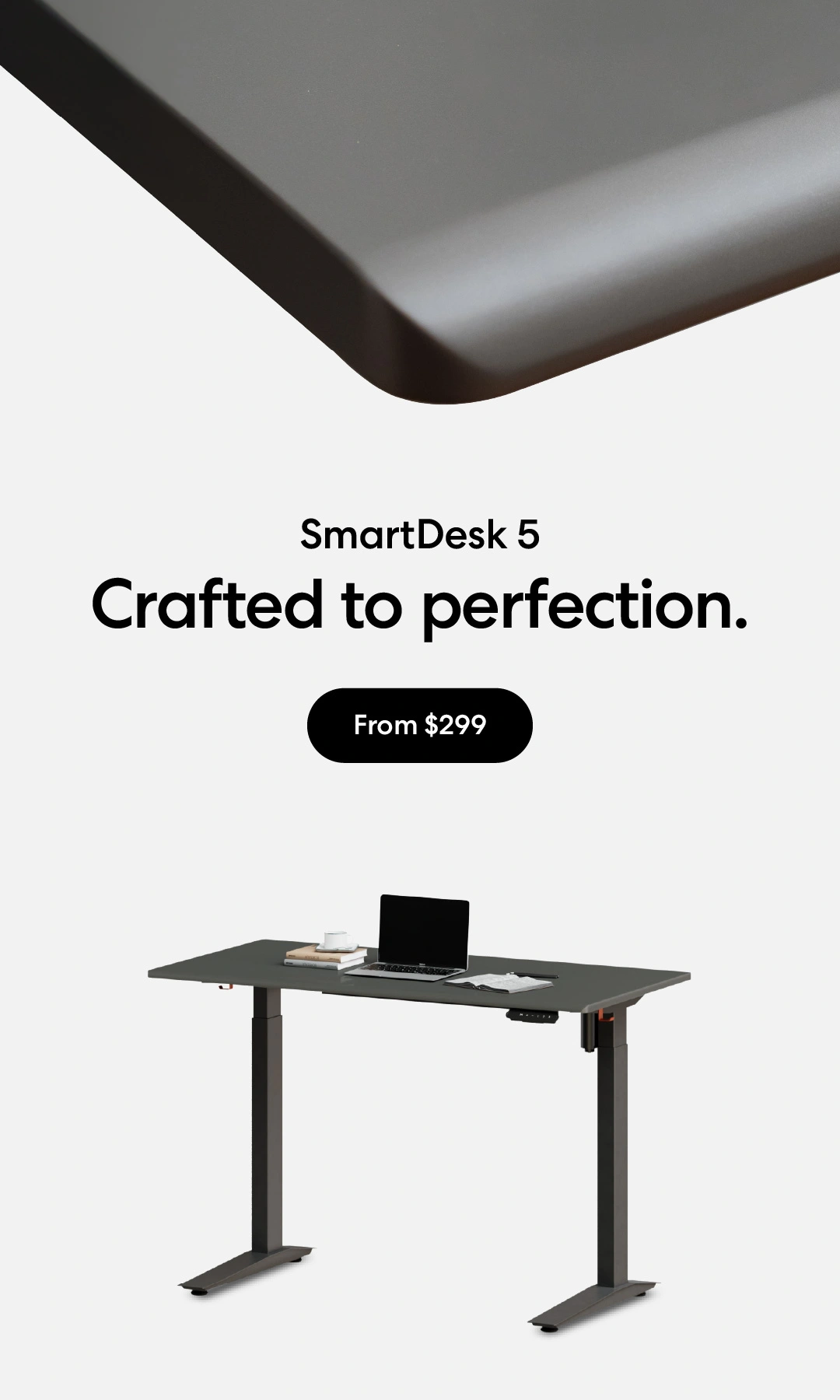
/https://storage.googleapis.com/s3-autonomous-upgrade-3/production/ecm/230914/bulk-order-sep-2023-720x1200-CTA-min.jpg)
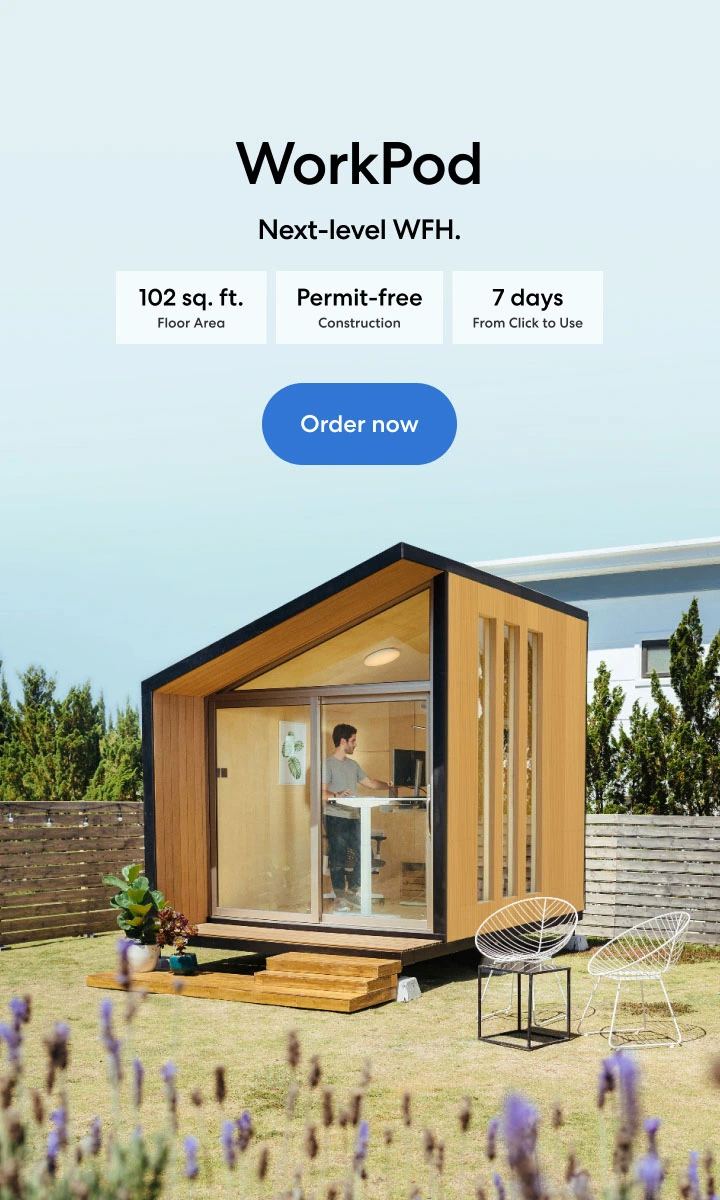
/https://storage.googleapis.com/s3-autonomous-upgrade-3/production/ecm/230824/image_qIN1zTxi_1692157652807_raw-c3a7f648-6021-42f1-a20f-0874805faad0.jpg)